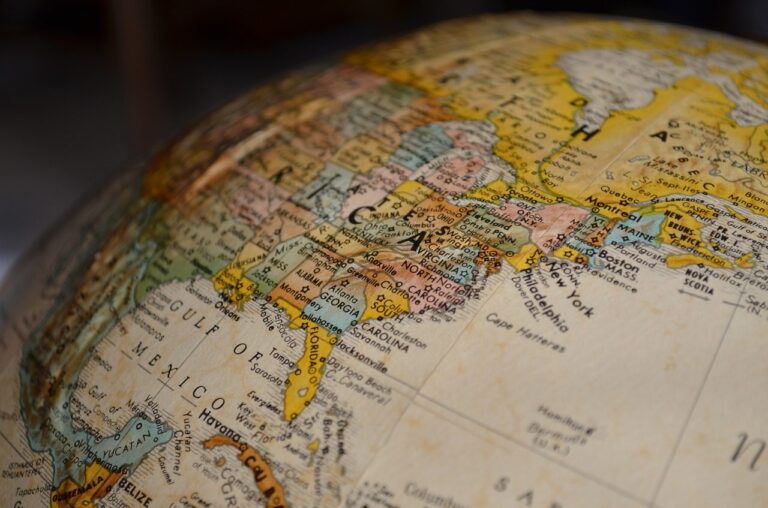Homeownership in Hong Kong, which is home to the world’s most expensive housing market, has dropped to less than 50% after measures to control price inflation have fallen flat.
As of the end of 2017, the number of people who owned the homes in which they lived in Hong Kong stood at 49.2%, according to figures from the Hong Kong Census and Statistics Department, which is the lowest level seen since 1999.
This means that homeowners are now the minority in what has been labelled for eight years running as the least affordable place to own a property globally by Demographia, with the average home in the region costing 19.4 times the median annual pre-tax household income.
New York, which is another of the world’s top priced housing markets, has a homeownership rate of 49.9% as of the end of last year. By contrast, in Singapore, around 90% of people own their own homes, which the report partly puts down to the fact that members of the public can buy government housing. In the UK, an estimated 63% of people are homeowners, down from 73% a decade ago.
How to encourage homeowners
Cooling measures have been brought in by the government to try to curb house price growth in Hong Kong in recent years, but seemingly to no avail. Stamp duty has been increased numerous times for non-first-time buyers to try and lower investment demand, while a building target of 18,000 private and 8,000 subsidised flats per year for the next decade was set last year.
Hong Kong chief executive Carrie Lam Cheng Yuet-ngor also brought in a new trial policy to encourage homeownership among the middle classes who do not qualify for subsidised housing but cannot afford private homes. The initial scheme is expected to provide 1,000 affordable flats for households that earn up to HK$68,000 a month (around £6,200).










